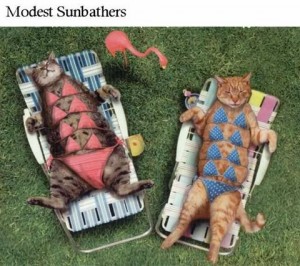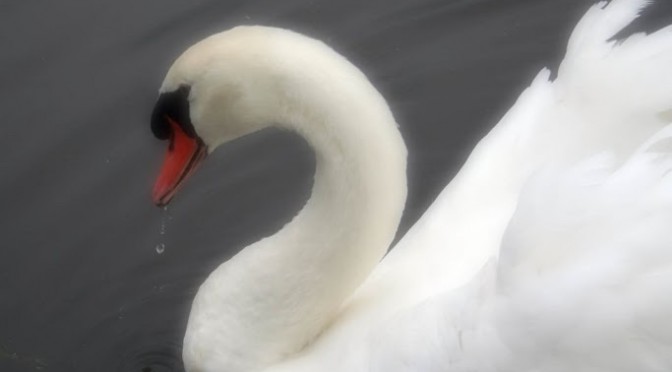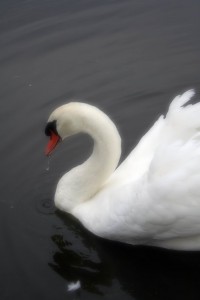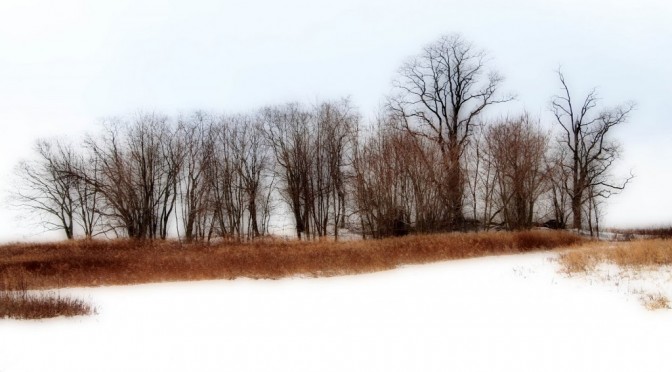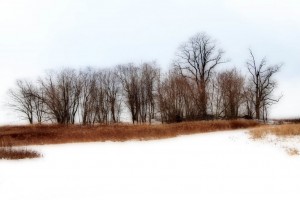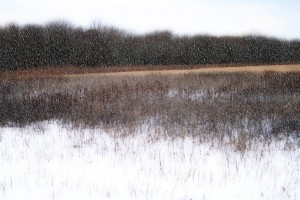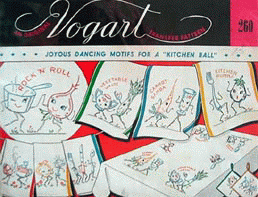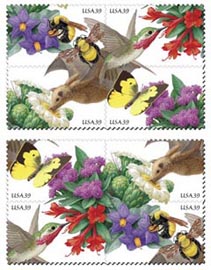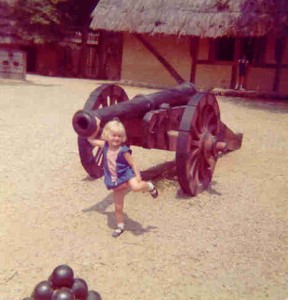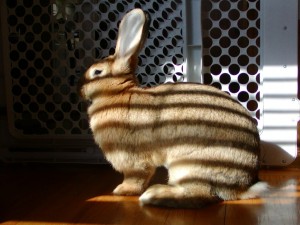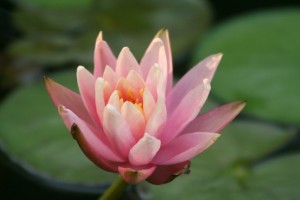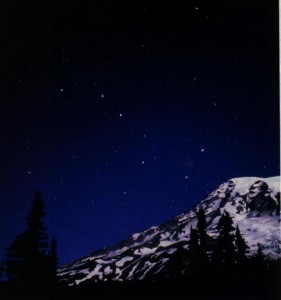 Anyone else in the mood for a little Borland? Here’s something a bit different about the late winter sky from Sundial of the Seasons:
Anyone else in the mood for a little Borland? Here’s something a bit different about the late winter sky from Sundial of the Seasons:
“Days lengthen, but the nights are still bright with the Winter stars, frosty and sharp in the darkness. The Big Bear, the Dipper, swings to the east in early evening, and the Little Bear walks across the sky, his upright tail tipped with the polestar. The Twins and the Charioteer are almost overhead, and the Pleiades ride high, toward the southwest. The Lion is in the east and the Whale in the west, both within reach of the horizon, reminders of Daniel and Jonah.
February thins away. Before another new moon hangs on the western horizon at dusk, March will be nearing its end and the Big Dipper will be overhead, or at least above the polestar, by midevening. The fang of the night chill will be dulled. Hylas will be shrilling in the lowlands, April at hand.
The seasons turn, as do the stars, and those who live with the wind and the sun understand the inevitability of their changes. The full moon fades the constellations and dims the Milky Way, but it does not halt their progression or change their place in the sky. Come April, and the Dipper stands above the polestar at evening, and buds begin to open. Come October, and the Dipper sweeps the evening horizon, and maple leaves turn to gold and Fall is upon us.
February has its pattern, but it is a shifting pattern, with movement and change, and progression. The sun lingers, the new moon sits on the hills, the early Dipper hangs to the east, and the bud waits on the branch.”
Most all of this is Greek to me. I can find the Big Dipper, and that helps me to locate the North Star, but beyond that I’m a foreigner in the land of the stars. The signs of spring found in the night sky are as lost to me as they are to a person who doesn’t know birds or the late winter woods. I’ve never had anyone to teach me the stars, and somehow I think learning about the night sky should happen in a romantic sort of way and on long quiet walks with the sound of the ocean in the distance, maybe; certainly not alone with the Peterson’s as my only teacher.
Do you know the stars? Who was your teacher? PG stories only, please!
😉
Note: Clicking on the photo links to a page which names some of the stars that make up the Big Dipper, I think. I grabbed the photo from their site, anyway. If you can recommend a good site, or book, please do!
